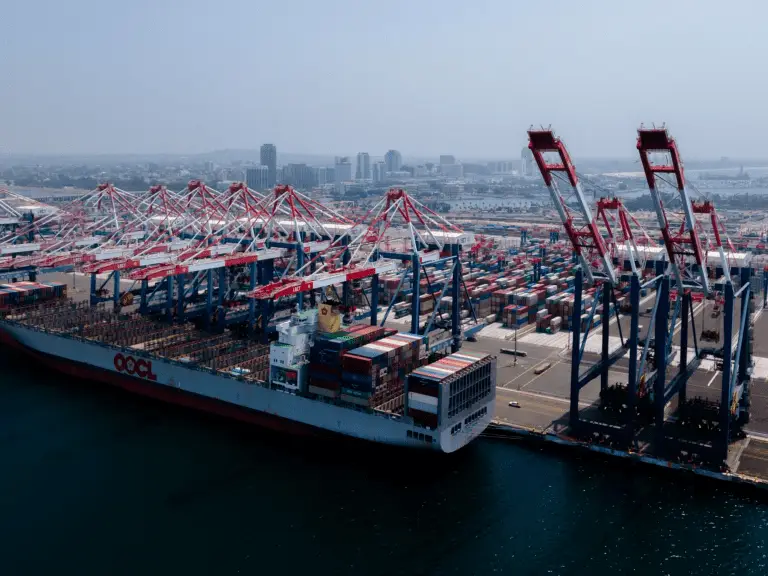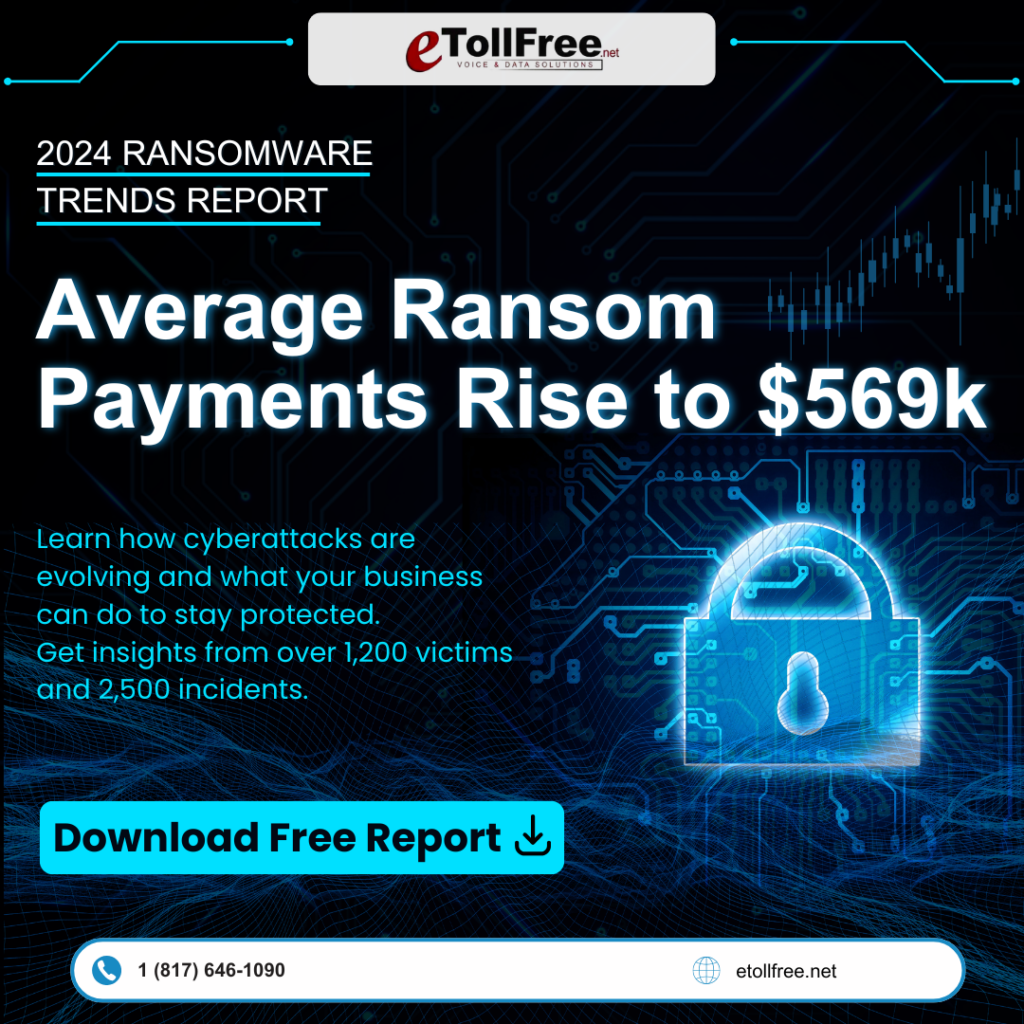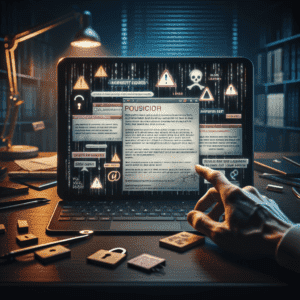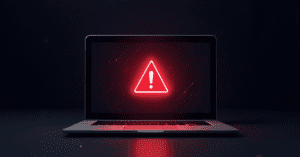Coast Guard Needs to Fix Cybersecurity Issues in Big Maritime System
Imagine waiting eagerly for a package you’ve ordered online, checking the delivery status every few hours, only to find out it’s delayed because of a “system issue” at the port. As frustrating as it sounds, this is the reality for many as the U.S. Maritime Transportation System battles increasing cyber threats. This vast network moves more than $5.4 trillion worth of goods each year, making it a prime target for cyber attackers. But here’s where it gets troubling: the Coast Guard, who should be our cyber knights in armor, might not be fully prepared to defend these digital waters.
The Port Problem: A Weak Link in the System
Let me take you through a day in Jake’s life, where he anxiously awaited his limited-edition sneakers. They were on their way but never crossed the finish line into his hands. This wasn’t just any simple delay; a hacker had disrupted the port’s computer systems, creating a gridlock of sorts for shipments like Jake’s sneakers, phones, groceries, and more. Think of ports as the bustling crossroads for all the goodies we purchase, yet their security is akin to a rusty lock on a treasure chest. It’s becoming crystal clear that the locks—our port security—are not as robust as they ought to be.
Who Are These Hackers?
Jake learned that the digital rogues behind the attack were likely from China, Russia, Iran, North Korea, or even cybercriminals seeking a quick payday. These hackers are no small-time troublemakers. They have the potential to mess with ship controls, effectively turning into tech-savvy pirates, steal sensitive data, or significantly delay shipments, causing widespread disruption. Imagine Mia’s surprise when Jake explained this to her; the idea that hackers could disrupt entire supply chains and potentially cause food shortages is daunting.
The Crane Mystery: More Than Just Metal Giants
Diving deeper, Jake stumbled upon an intriguing yet alarming fact: a good chunk of the cranes at U.S. ports—about 80%—were made in China. Concerns have emerged that these cranes might harbor hidden gadgets for spying or unauthorized access, similar to someone slipping an AirTag in your bag. If these cranes could be tampered with, entire ports could come to a standstill. Mia and Jake pondered what a disaster that would be and how this could cripple our own communities and businesses.
Mapping Out Solutions to Fix the Coast Guard’s Cybersecurity Issues
But is all hope lost? Not quite. Experts suggest some pretty straightforward yet effective steps that can be taken to safeguard our ports from further cyber invasions. Improving the tracking of cyber incidents and reinforcing security plans are steps in the right direction. But equally important is training the folks on the ground to recognize potential threats before they become security breaches. It’s like teaching our workers to spot scams, so they don’t fall prey to typical online trickery.
Jake could relate, recalling a phishing message he almost fell for once. If these hackers can fool a person, they can certainly compromise an entire system.
Why It’s Urgent to Address These Security Flaws
Initially, Jake thought the broader impact of this cyber-issue didn’t concern him much beyond his delayed package. But as the pieces of the puzzle came together, he saw how interconnected everything was. If ports continue falling victim to these cyber exploits, stores may face shortages, personal data could be at risk, and prices might skyrocket as importing goods becomes trickier.
Mia couldn’t help but wonder why the government wasn’t doing more. It’s evident that this isn’t just a problem for the Coast Guard alone—everyone, from the government to industry players, needs to collaborate and step up their efforts. After all, if hackers can block the delivery of Jake’s much-anticipated sneakers, who knows what else they could disrupt?
Tackling these cybersecurity issues is not just a challenge but an urgent necessity. As entrepreneurs and small business owners, staying informed and advocating for better security measures can protect our interests and support the economy’s resilience.










